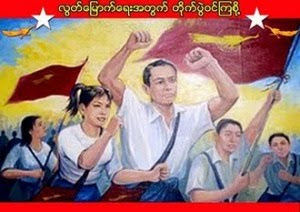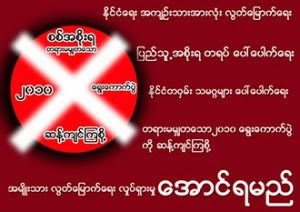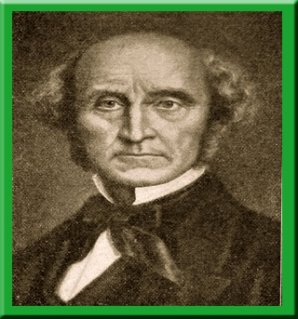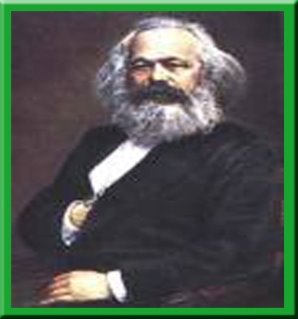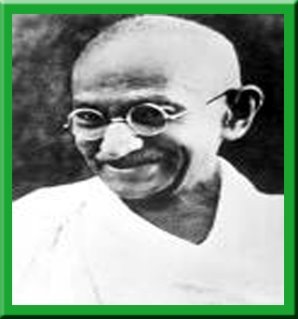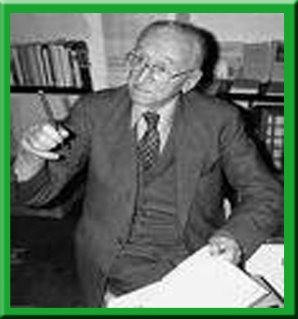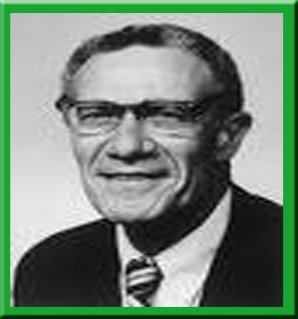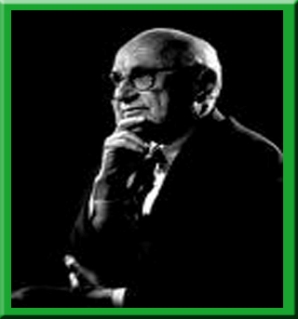“Burma is the world’s second largest producer of illicit opium and the second largest cultivation of opium poppy. Burma remains the primary source of amphetamine-type of stimulants in Asia” (US office of National Drug Control Policy)
Illicit drug is a global problem that involved production, trading and consumption that lead to various social and economic consequences from international trade to individual level. As Burma is a well-known drug producer in the world, I would like to emphasize its production and consequences on a global scale.
In 1998, the UN General Assembly Special Session (UNGASS) on drugs set a global target to eliminate or significantly reduce the cultivation of opium poppy by year 2008 (Political Declaration, General Assembly 20th special session, 10th June 1998)
Generally, the illicit drug can be categorized as
Drugs that are produced or processed from natural plant products such as opium poppy, opium, morphine and heroin.
Synthetically produced illicit drugs such as amphetamine and
Psychoactive pharmaceutical drugs that become illicit as a result of being diverted from licit uses or purposes
According to the US Office of National Drug Control policy as I stated above, it is obvious that Burma produced a large scale of the first two categories of illicit drugs, i.e. opium poppy cultivation, opium production, heroin and amphetamine.
In 2004, the cultivation of opium poppy in the world was 195,940 hectares in total and the top cultivation countries include Afghanistan (131000 hectares), Burma (44200 hectares) and Lao PDR (6600 hectares). It means that 23% of the world opium poppy was cultivated in Burma under the military regime.
Similarly, the production of opium in metric tones was 4850 metric tons in total and the top production countries include Afghanistan (4200), Burma (370), Lao PDR (43). In short, 8% of the world opium was produced in Burma under the current SPDC regime.
With the 2004 price level, the 370 metric tones produced in Burma worth 87 US$ millions As estimated by the International Criminal Police Organization (Interpol), the turnover of the illicit drug trade was approximately the same size as the international trade in textiles, oil and gas and world tourism on a global scale, and these criminal financial flows and money laundering threatens the integrity of banks and other financial institutions. In Burma, the military regime not only allows the production of opium, but also approves the drug lords to open banks and financial institutions.
For the Amphetamine-type stimulants such as Amphetamine, methamphetamine and ecstasy, Burma was reported as an origin of methamphetamine in 2003 (UNODC, Annual reports). The World Drug report (2005) clearly stated that the overall market of Thailand methamphetamine market declined after a major crackdown on imports from neighboring Burma.
As a result, it can be claimed that Burma is a serious drug problem area among all the source countries and Drug Transit zones.
As production is the first stage in a series of drug problems, effectiveness of anti-drug policies will depend on the elimination of the cultivation. Illicit drug trade is a chain between the cultivation, production and consumption so that the drug policies in South East Asia should focus on Burma as the starting point of the global drug problem.
While the SPDC regime were doing a lot of drug burning ceremonies for Public Relations stunt in front of the diplomats and drug control officials, some ceasefire groups with the SPDC regime were cultivating opium in their areas. In 1997-1998, the UWSA (United Wa State Army) was granted permission by the government to grow opium for another five years (Irrawaddy, Vol. 9, No.5, 2001). While the SPDC ministers were attending the International Drug Control meetings, the former drug lords were doing a lot of companies and financial institutions in Burma. It clearly proves that SPDC is behind the production of opium in Shan State and the money laundering activities of these businesses on a national scale.
Indeed, SPDC is also responsible for the illicit drug trade across the border as well. Yawd Sark, SSA South leader mentioned as
“The Wa People are just scapegoats. The benefits go to the Chinese businessmen and the SPDC. How can the Wa send drugs to Bangkok?” (TNI, 2003)
It is clear that without the involvement and assistance of SPDC regime, it will be very difficult to smuggle the drugs across the border to Thailand.
In conclusion, I would like to appeal to the international community to investigate the transnational crimes committed by the Burmese Regime to eliminate the cultivation, production and trafficking of drugs and money laundering activities.
Khin Ma Ma Myo (2/04/2006)
------------------------------------------------------------------------------------
References
_ United Nations Office on Drugs and Crimes (2005) World Drug Report, online version
_ Zaw, A. (2001) “Drugs, Generals & Neighbors”, Irrawaddy Journal, Thailand.
_ Transnational Institute (2003), Drugs and Conflict in Burma: Dilemma for policy Responses, Netherlands.
_ US Office of National Drug Control Policy ( http://www.whitehousedrugpolicy.gov/ )
Illicit drug is a global problem that involved production, trading and consumption that lead to various social and economic consequences from international trade to individual level. As Burma is a well-known drug producer in the world, I would like to emphasize its production and consequences on a global scale.
In 1998, the UN General Assembly Special Session (UNGASS) on drugs set a global target to eliminate or significantly reduce the cultivation of opium poppy by year 2008 (Political Declaration, General Assembly 20th special session, 10th June 1998)
Generally, the illicit drug can be categorized as
Drugs that are produced or processed from natural plant products such as opium poppy, opium, morphine and heroin.
Synthetically produced illicit drugs such as amphetamine and
Psychoactive pharmaceutical drugs that become illicit as a result of being diverted from licit uses or purposes
According to the US Office of National Drug Control policy as I stated above, it is obvious that Burma produced a large scale of the first two categories of illicit drugs, i.e. opium poppy cultivation, opium production, heroin and amphetamine.
In 2004, the cultivation of opium poppy in the world was 195,940 hectares in total and the top cultivation countries include Afghanistan (131000 hectares), Burma (44200 hectares) and Lao PDR (6600 hectares). It means that 23% of the world opium poppy was cultivated in Burma under the military regime.
Similarly, the production of opium in metric tones was 4850 metric tons in total and the top production countries include Afghanistan (4200), Burma (370), Lao PDR (43). In short, 8% of the world opium was produced in Burma under the current SPDC regime.
With the 2004 price level, the 370 metric tones produced in Burma worth 87 US$ millions As estimated by the International Criminal Police Organization (Interpol), the turnover of the illicit drug trade was approximately the same size as the international trade in textiles, oil and gas and world tourism on a global scale, and these criminal financial flows and money laundering threatens the integrity of banks and other financial institutions. In Burma, the military regime not only allows the production of opium, but also approves the drug lords to open banks and financial institutions.
For the Amphetamine-type stimulants such as Amphetamine, methamphetamine and ecstasy, Burma was reported as an origin of methamphetamine in 2003 (UNODC, Annual reports). The World Drug report (2005) clearly stated that the overall market of Thailand methamphetamine market declined after a major crackdown on imports from neighboring Burma.
As a result, it can be claimed that Burma is a serious drug problem area among all the source countries and Drug Transit zones.
As production is the first stage in a series of drug problems, effectiveness of anti-drug policies will depend on the elimination of the cultivation. Illicit drug trade is a chain between the cultivation, production and consumption so that the drug policies in South East Asia should focus on Burma as the starting point of the global drug problem.
While the SPDC regime were doing a lot of drug burning ceremonies for Public Relations stunt in front of the diplomats and drug control officials, some ceasefire groups with the SPDC regime were cultivating opium in their areas. In 1997-1998, the UWSA (United Wa State Army) was granted permission by the government to grow opium for another five years (Irrawaddy, Vol. 9, No.5, 2001). While the SPDC ministers were attending the International Drug Control meetings, the former drug lords were doing a lot of companies and financial institutions in Burma. It clearly proves that SPDC is behind the production of opium in Shan State and the money laundering activities of these businesses on a national scale.
Indeed, SPDC is also responsible for the illicit drug trade across the border as well. Yawd Sark, SSA South leader mentioned as
“The Wa People are just scapegoats. The benefits go to the Chinese businessmen and the SPDC. How can the Wa send drugs to Bangkok?” (TNI, 2003)
It is clear that without the involvement and assistance of SPDC regime, it will be very difficult to smuggle the drugs across the border to Thailand.
In conclusion, I would like to appeal to the international community to investigate the transnational crimes committed by the Burmese Regime to eliminate the cultivation, production and trafficking of drugs and money laundering activities.
Khin Ma Ma Myo (2/04/2006)
------------------------------------------------------------------------------------
References
_ United Nations Office on Drugs and Crimes (2005) World Drug Report, online version
_ Zaw, A. (2001) “Drugs, Generals & Neighbors”, Irrawaddy Journal, Thailand.
_ Transnational Institute (2003), Drugs and Conflict in Burma: Dilemma for policy Responses, Netherlands.
_ US Office of National Drug Control Policy ( http://www.whitehousedrugpolicy.gov/ )




















